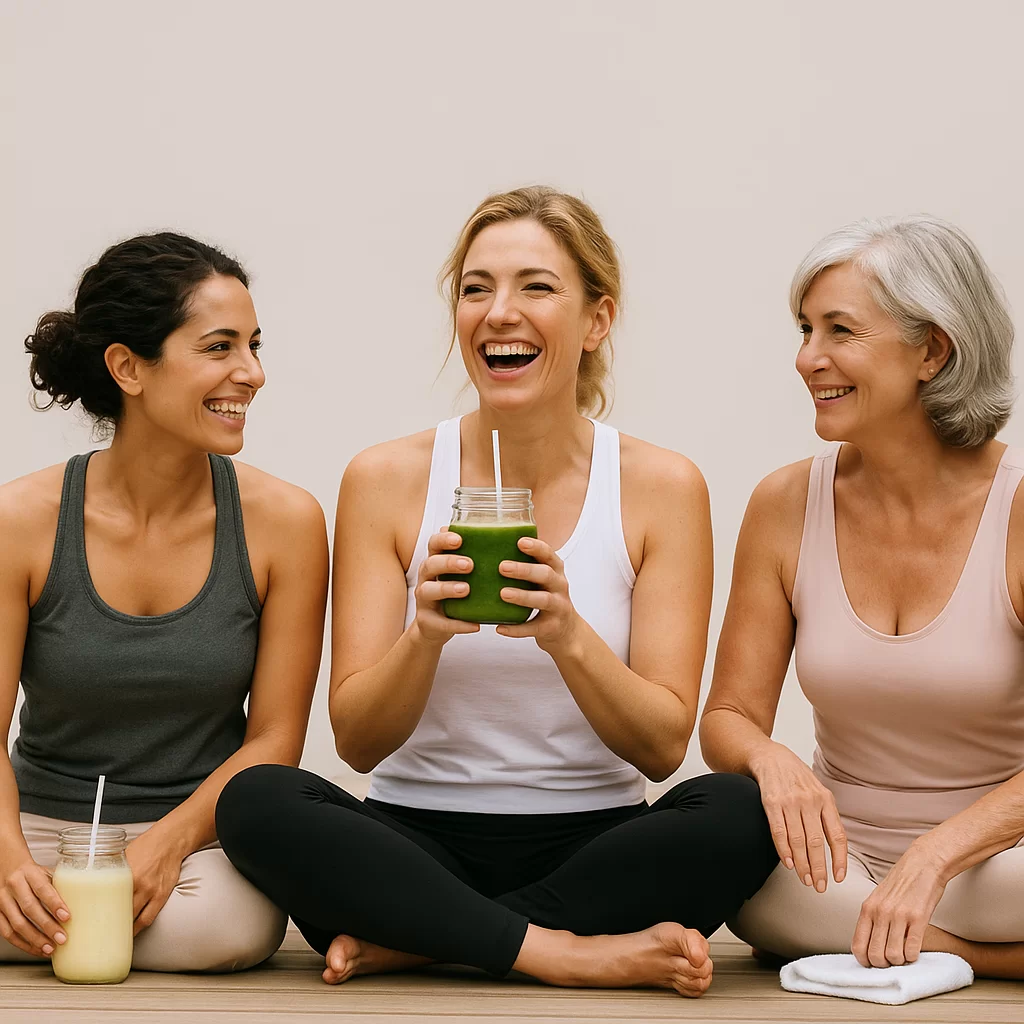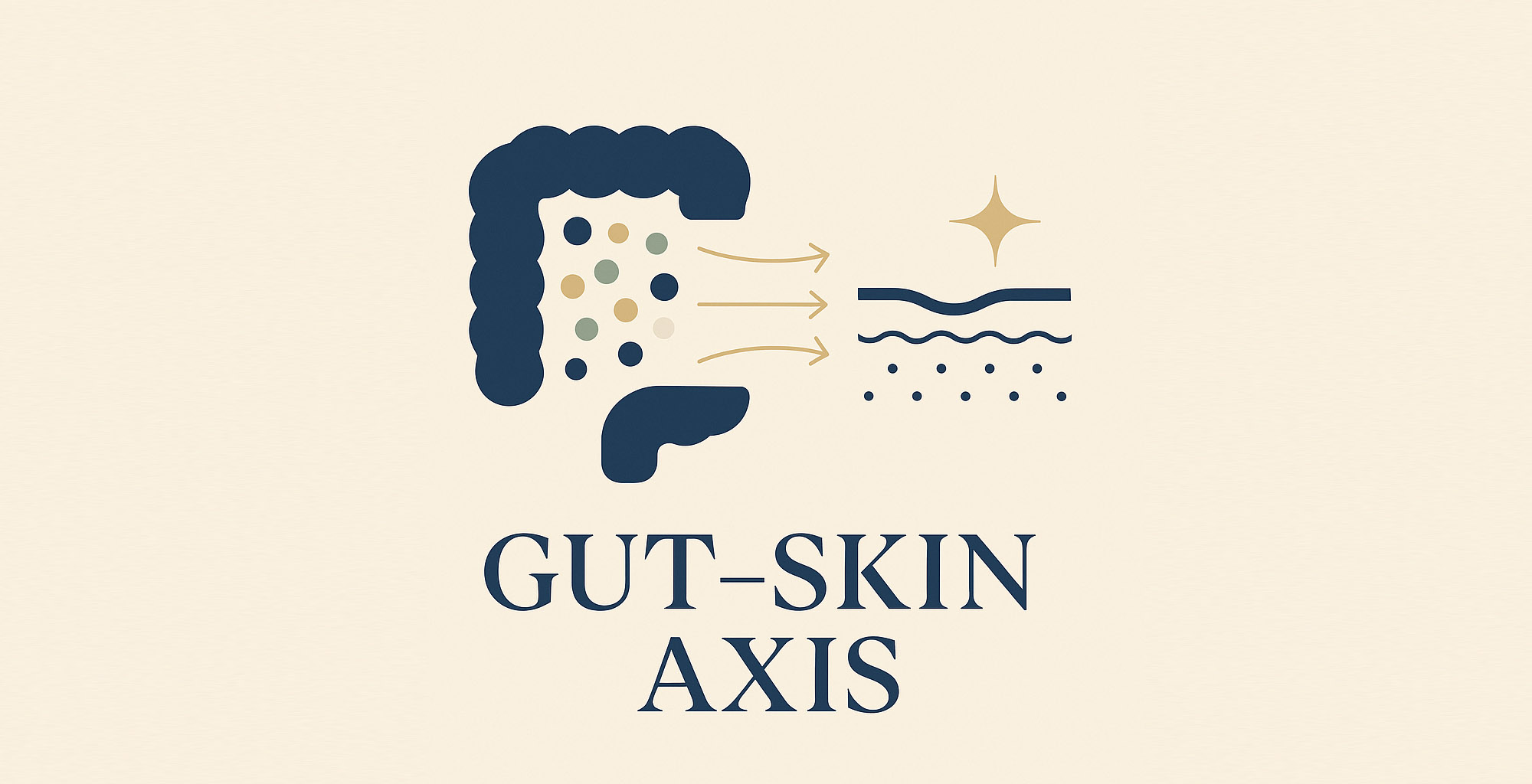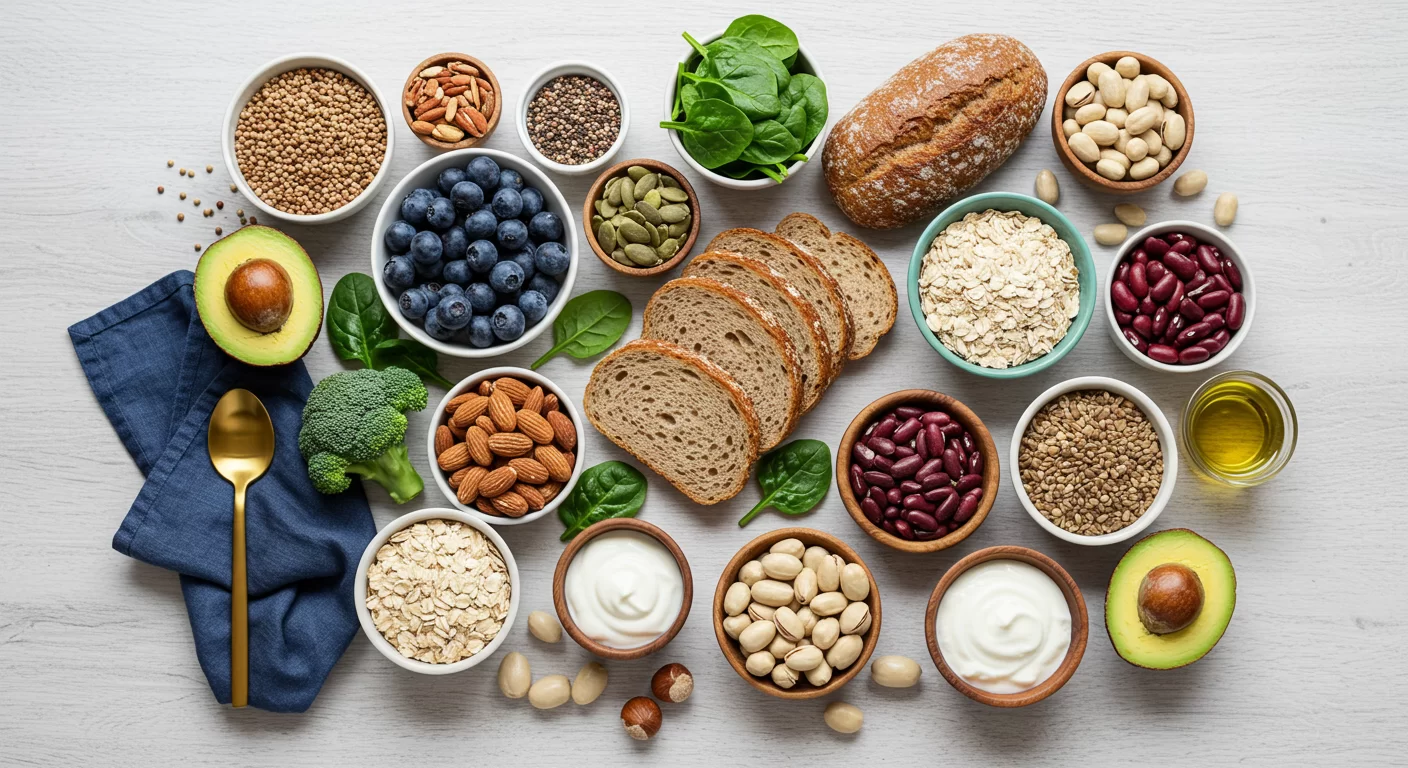You might have come across the popular marketing term ‘collagen banking.’ However, biologically, collagen cannot be stored. The term is used to refer to strategies that stimulate collagen in the face and preserve it. Essentially, these methods promote and rebuild collagen to counteract the natural decline that occurs with ageing.
These strategies can improve collagen naturally and support the skin’s structural integrity, long-term health, and vitality.
This article explores five strategies that have been proven effective in clinical studies and peer-reviewed research.
Prefer to watch instead of read?
Scroll to the end for our quick explainer video collagen and collagen preservation
How to Improve Collagen Naturally
Collagen is the most abundant protein in your body, providing support and elasticity to your skin.
As we age, natural collagen production declines by approximately 1% per year after the age of 25 and even more rapidly during menopause, with a decline of up to 30%.
By incorporating startegies that can promote and preserve collagen in your routine, you’re making proactive steps into your skin’s future, ensuring it remains plump, healthy with youthful apppearance for years to come.
📖 You can read our detailed article on the science behind collagen production and depletion in: The Science of Collagen: How to Stimulate Collagen Production.

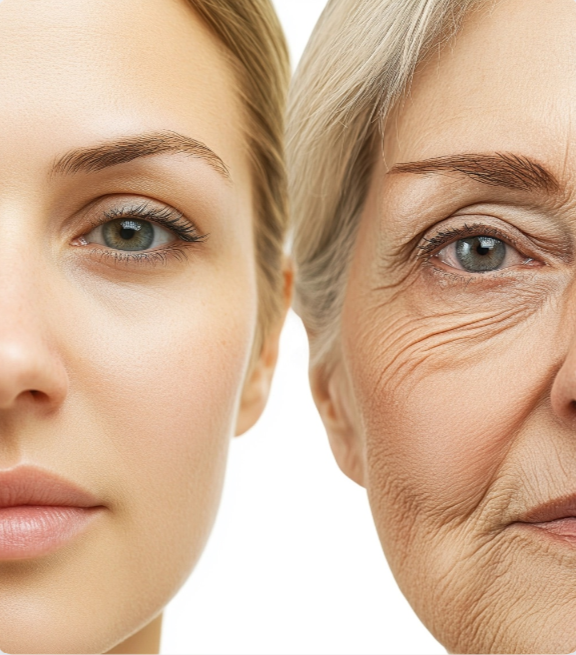
How to Stimulate Collagen in the Face
Here’s how you can start preserving your collagen with simple, effective strategies that easily fit into your daily routine.
1. Micro-Needling
Micro-needling, also known as collagen induction therapy, is a scientifically supported method for promoting collagen synthesis. This technique involves using a device with tiny needles to create micro-injuries in your skin, prompting your body to produce more collagen and elastin to heal the area.
At-home micro-needling rollers with needle lengths of 0.2 to 0.25 mm are ideal for stimulating collagen production without causing significant downtime.
Use sterile equipment to avoid infection, and follow device guidelines to minimize skin irritation. Consult a dermatologist for professional advice.
✅ Pro Tips:
- Use sterile equipment to avoid infection.
- Follow device guidelines to minimise skin irritation.
- Consult a dermatologist for professional advice.
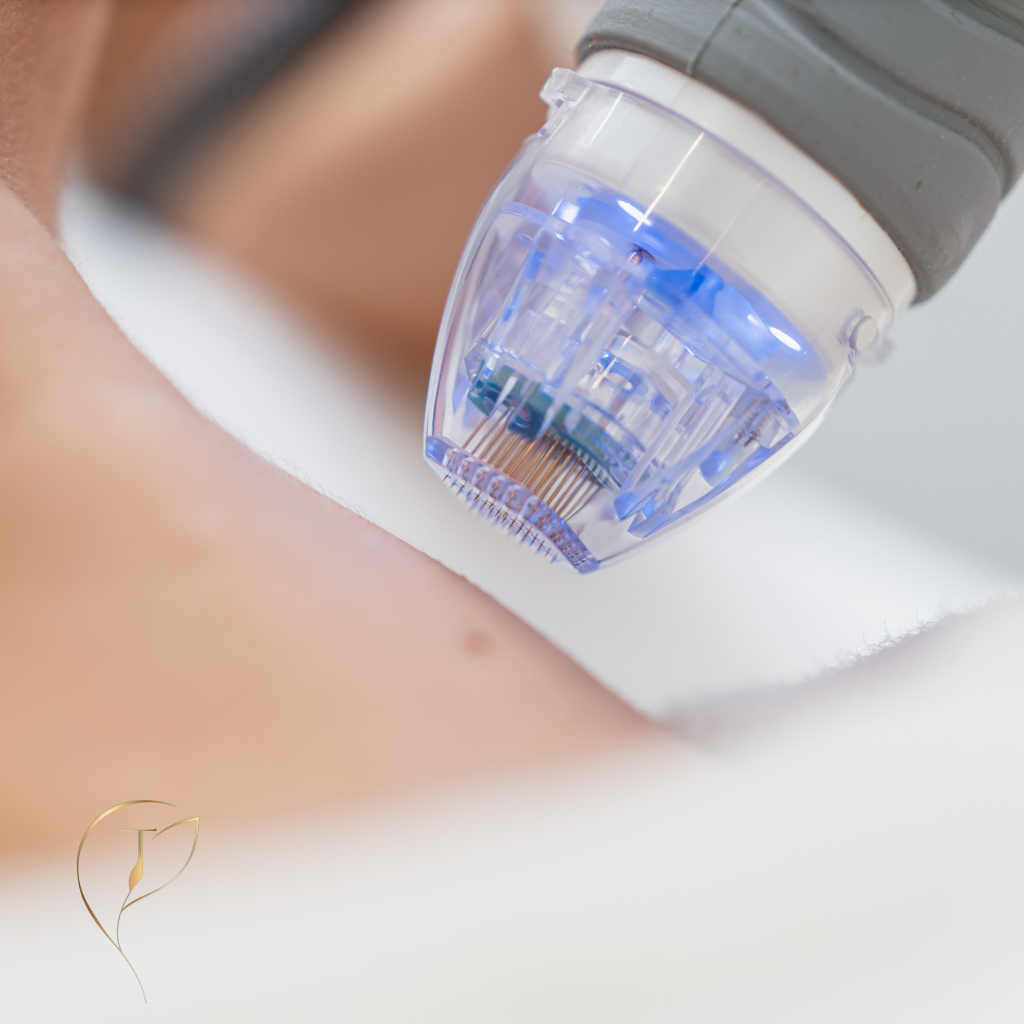
2. Incorporate Collagen Supplements
Hydrolysed Collagen Peptide supplements have gained popularity over the last decade. Available in various forms such as powders, gels, and capsules (the least potent), collagen supplements can be an effective way to support skin health from the inside out.
🔍 Studies, such as a 2023 meta-analysis on hydrolysed collagen, show that these supplements can significantly improve skin hydration and elasticity.
Why Hydrolysed Collagen?
- Contains smaller peptides, which are better absorbed by the body.
- Can be easily dissolved in coffee or smoothies for a convenient collagen boost.

⚠ Not All Collagen Supplements Are Equal!
The quality and molecular weight of collagen significantly impact how well your body absorbs the amino acids glycine, proline, and hydroxyproline, essential for collagen synthesis. This variability may explain differing opinions on collagen’s effectiveness for skin, hair, and joint health.
You can learn more about how collagen supplements can support skin health as well as overall wellbeing in our article: Understanding the Impact of Collagen on Gut Health and Wellbeing.
3. Enhance Your Diet with Collagen-Boosting Nutrients
Your diet plays a crucial role in collagen production. Key nutrients include:
🥦 Vitamin C – Found in citrus fruits, bell peppers, and leafy greens, it supports hydroxylation, a process that stabilises collagen fibres.
🥜 Zinc – Aids in collagen cross-linking.
🥕 Vitamin A – Enhances fibroblast activity.
💊 Iron – Essential for collagen synthesis and healthy hair.
If your diet is lacking, consider supplements rich in collagen-building nutrients, particularly vitamins A, C, E, and zinc.
Learn more about the biochemistry behind collagen synthesis in: The Mechanism of Collagen Synthesis and How to Support It

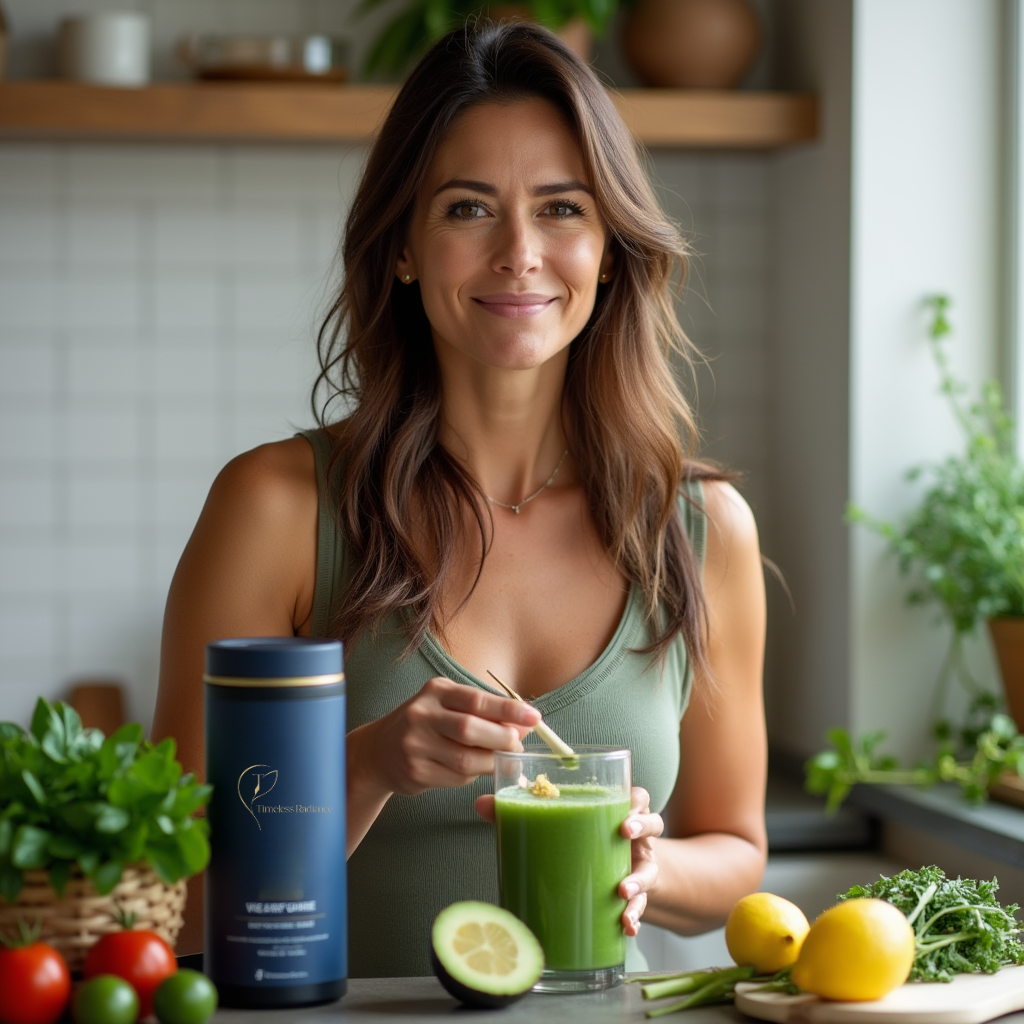
Our Collagen Biosynthesis formula is designed with these key collagen-supporting nutrients in mind. To learn more about its upcoming release, subscribe for updates.
4. Protect Your Skin from Sun Damage
Sun exposure is one of the primary causes of collagen degradation. UV radiation triggers free radicals that damage fibroblasts, the cells responsible for producing collagen. This can lead to fine lines, wrinkles, and other signs of ageing. You can learn more about the impact of sun exposure on collagen synthesis in our video: Understanding Skin Health.
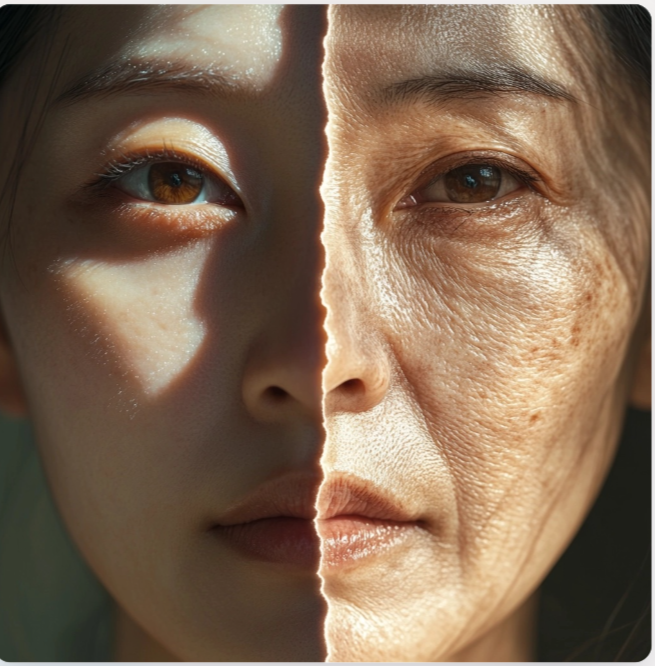
☀ How to Protect Collagen from UV Damage:
✅ Use daily sunscreen (SPF 30 or higher).
✅ Apply antioxidants like Vitamin E to neutralise free radicals.
✅ Wear hats and sunglasses for extra protection.
✅ Avoid peak sun hours (10 AM – 4 PM)
In regions where sun protection is more common (e.g., parts of Asia where people use umbrellas for shade), adopting similar habits can make a significant difference in preserving collagen.

5. Explore Chemical Peels and Exfoliation
Chemical peels and exfoliation are powerful tools for collagen stimulation. They work by removing dead skin cells and encouraging new cell growth, leading to improved collagen production.
🧪 Effective Exfoliation Methods:
- At-Home Peels: Glycolic acid and mild TCA peels.
- Exfoliation Pads: A beginner-friendly option for gradual collagen stimulation.
- Professional Peels: More intensive treatments performed by dermatologists for dramatic results.
🔹 Pro Tip: If you’re new to exfoliation, start with lower concentrations to prevent irritation and build up tolerance gradually.
What's the Best Way to Stimulate Collagen Production?
Incorporating these five strategies into your skincare routine can effectively support collagen synthesis and skin resilience over time.
✨ Key Takeaways:
✔ Consistency is key—collagen-building requires long-term commitment.
✔ A holistic approach—combining internal and external strategies yields the best results.
✔ Protecting and stimulating collagen now is an investment in your skin’s future.
Learn more about how to have a holistic approach to skin health in our Gut-Skin Connections article.
💡”Consistent care cultivates enduring radiance.”
FAQs
Yes, collagen production in your face can be effectively stimulated through various methods. As this article outlines, clinically proven strategies like micro-needling, collagen peptide supplementation, and chemical peels can encourage your skin cells to produce more collagen. While collagen production naturally declines with age, these techniques can help counteract this process and improve skin firmness and elasticity.
While some methods may show quicker initial effects (like the immediate plumping effect of a peel), the most effective way to stimulate collagen long-term is a consistent, holistic approach. As this article emphasizes, combining methods like collagen supplements, a collagen-boosting diet, and regular micro-needling can work synergistically. However, it's important to be patient, as significant collagen rebuilding takes time.
Several treatments can be effective for wrinkles, depending on their severity and your individual needs. Collagen peptide supplements, as discussed in this article, work from within to improve skin elasticity and reduce fine lines. Chemical peels and micro-needling can also stimulate collagen production and resurface the skin. For dramatic results, professional peels performed by a dermatologist may be most effective, but a consistent routine with collagen supplements and at-home exfoliation can provide significant improvement.
Diet plays a crucial role in collagen production. As this article highlights, specific nutrients like Vitamin C, zinc, Vitamin A, and iron are essential for the collagen synthesis process. A diet rich in these nutrients provides the building blocks and support your body needs to produce collagen effectively
Guan, L. L., de Bruijn, W. J., Choong, Y. S., & Solis, G. (2019). Fermented Rice Bran and Rice Bran Oil in Traditional Japanese Medicine: Sake as a Potential Functional Beverage. Journal of Ethnopharmacology, 235, 405-418. https://doi.org/10.1016/j.jep.2019.01.007
Lee, D. E., Huh, C. S., & Huh, J. W. (2019). Korean Traditional Use of Fermented Rice Water: A Historical Review and its Modern Applications in Cosmetics. Journal of Cosmetic Science, 70(3), 241-250.
Zhou, J., & Qu, F. (2015). Face Mapping: Chinese Holistic Skin Analysis as an Indicator of Internal Organ Imbalance. International Journal of Dermatology, 54(8), 884-892. https://doi.org/10.1111/ijd.12736
Bowe, W. P., & Logan, A. C. (2011). Acne vulgaris, probiotics and the gut-brain-skin axis – Back to the future? Gut Pathogens, 3(1), 1. https://doi.org/10.1186/1757-4749-3-1
https://www.ncbi.nlm.nih.gov/pmc/articles/PMC10385652
https://www.mdpi.com/1422-0067/24/24/17618
https://journals.plos.org/plosone/article?id=10.1371/journal.pone.0237207
Join Us in Redefining Beauty
Subscribe for Exclusive Insights






